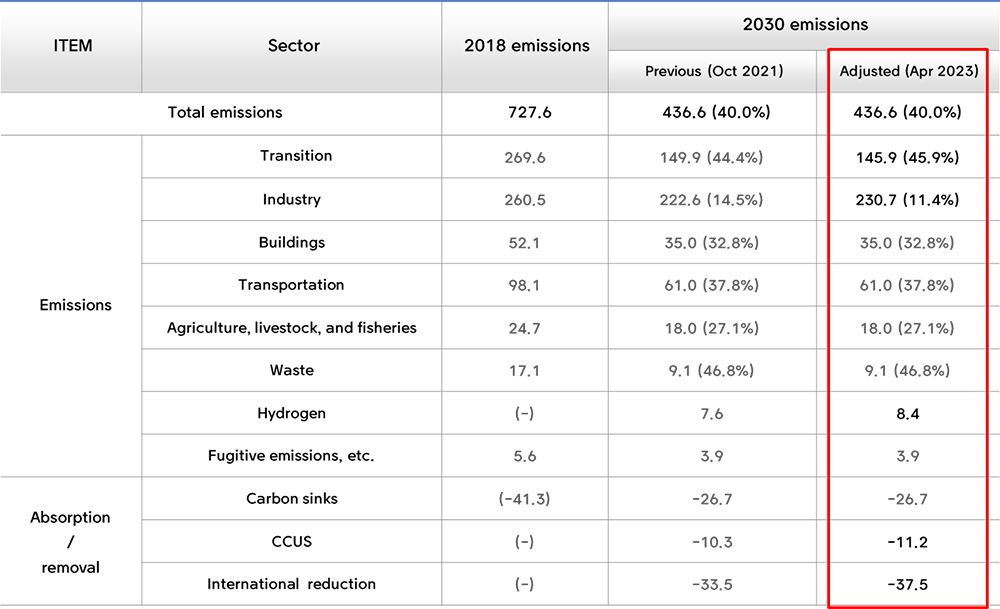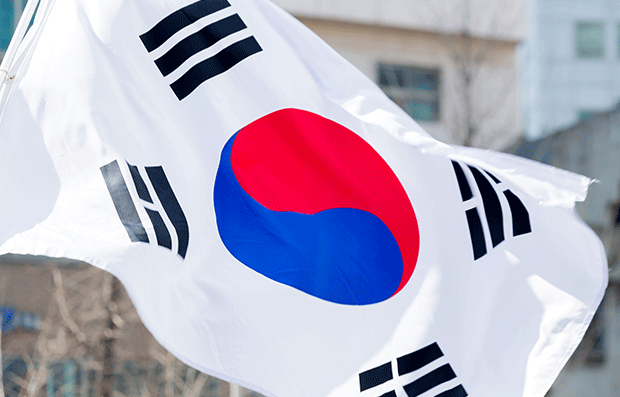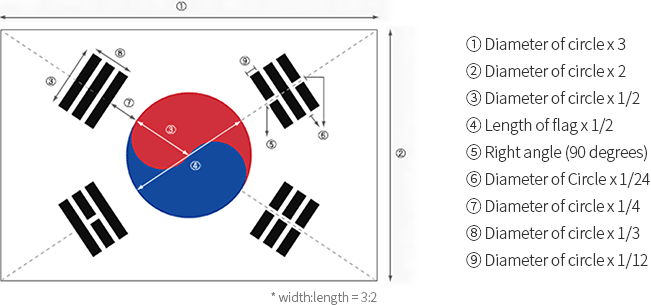2030 NDC (Nationally Determined Contribution)
2030 NDC(2030 Nationally Determined Contribution) is an intermediate goal for the realization of carbon neutrality by 2050, determined by the participating nations themselves, based on the Paris Agreement. The Republic of Korea plans to reduce its GHG emissions by 40%, by 2030, compared to the levels in 2018.
2030 NDC (Nationally Determined Contribution)
-
Set the goal, comprehensively considering the purpose of the "Framework Act on Carbon Neutrality and Green Growth(FACNGG), international trends, etc.
Reducing GHG emissions by over 35% from the 2018 levels by 2030 (FACNGG Article 8, Paragraph 1)
-
Reducing GHG emissions by 40% (291 million tons) from the 2018 levels (727.6 million tons) to 436.6 million tons in 2030.
Peak GHG emissions in the Republic of Korea were reached in 2018 and therefore this year was used as the base year to set the GHG emissions reduction targets.
Reduction targets by sector
(Units: Million tons of CO2e, percentage reduction from 2018)

| ITEM | Sector | 2018 emissions | 2030 emissions | |
|---|---|---|---|---|
| Previous (Oct 2021) | Adjusted (Apr 2023) | |||
| Total emissions | 727.6 | 436.6 (40.0%) | 436.6 (40.0%) | |
| Emissions | Transition | 269.6 | 149.9 (44.4%) | 145.9 (45.9%) |
| Industry | 260.5 | 222.6 (14.5%) | 230.7 (11.4%) | |
| Buildings | 52.1 | 35.0 (32.8%) | 35.0 (32.8%) | |
| Transportation | 98.1 | 61.0 (37.8%) | 61.0 (37.8%) | |
| Agriculture, livestock, and fisheries | 24.7 | 18.0 (27.1%) | 18.0 (27.1%) | |
| Waste | 17.1 | 9.1 (46.8%) | 9.1 (46.8%) | |
| Hydrogen | (-) | 7.6 | 8.4 | |
| Fugitive emissions, etc. | 5.6 | 3.9 | 3.9 | |
| Carbon sinks | (-41.3) | -26.7 | -26.7 | |
| Absorption / removal | CCUS | (-) | -10.3 | -11.2 |
| International reduction | (-) | -33.5 | -37.5 | |
Base year (2018) emissions are total emissions / 2030 emissions are net emissions (total emissions − amount absorbed or removed)




